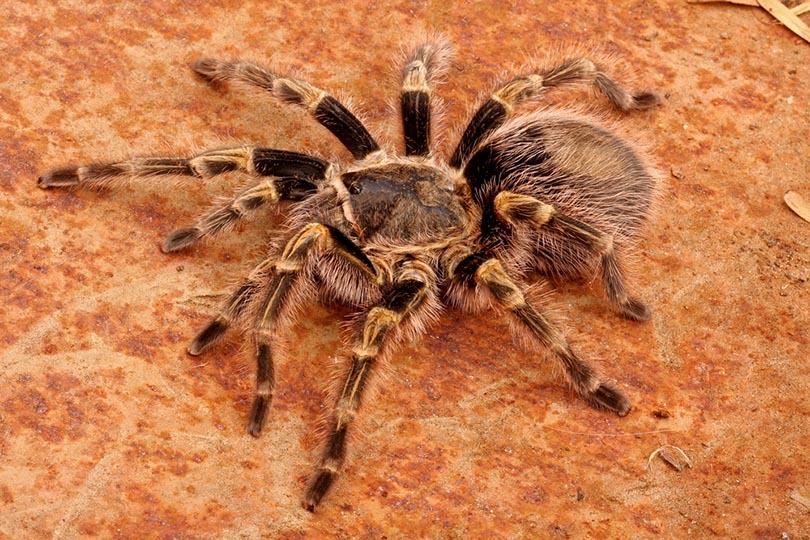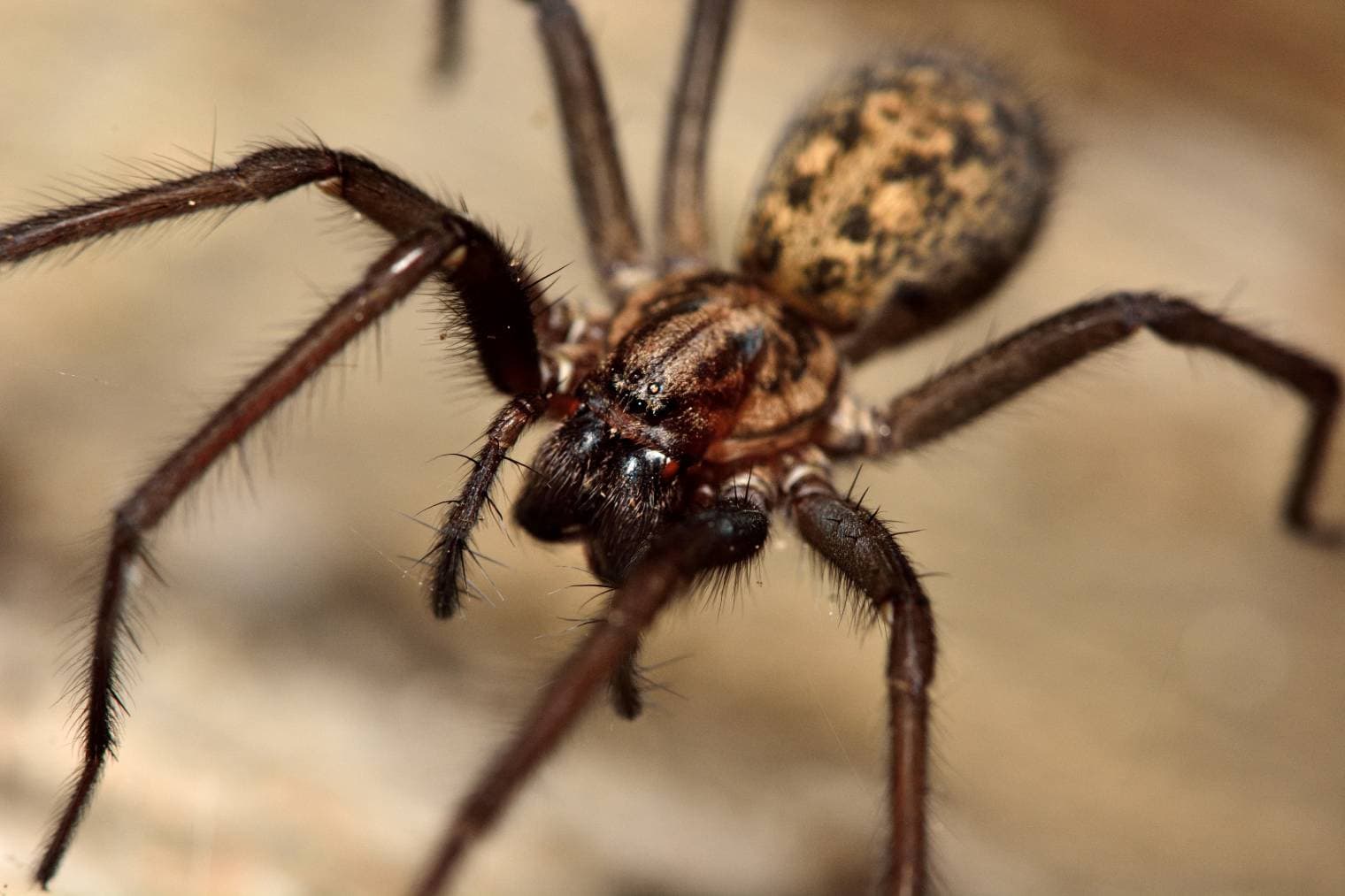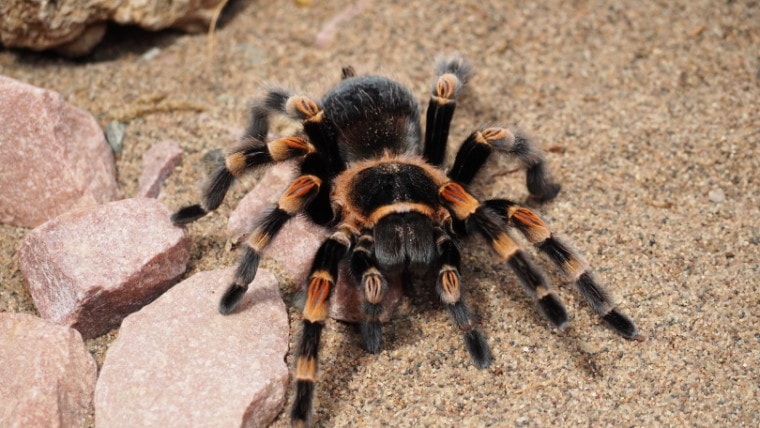
When picturing a pet, most people think of something fluffy and cute, with floppy ears and a wagging tail. Others, though, think of something just as fuzzy, but with more legs, eyes, and venom: tarantulas.
Tarantulas are definitely unconventional pets, but they’ve enjoyed enduring popularity for a reason. They’re fun to watch and interact with, yet they require much less upkeep than, say, a dog.
If you’re considering bringing home a pet tarantula, but you’re not exactly sure what’s involved in raising one of these eight-legged creatures, this guide will fill you in on everything that you need to know.
Tarantula Facts
There’s more than one kind of tarantula — there are over 800 kinds, in fact — so it’s hard to paint a picture that will accurately describe each different variety.
Generally speaking, though, they’re huge spiders — how huge will depend on the variety that you choose. They can range from 2 to 10 inches in circumference, with males typically being bigger than females.
While tarantulas have been kept as pets for decades, they’re still considered exotic pets. That means they show no signs of being domesticated, and they behave the same way that they would in the wild. Over time, they may come to accept your touch or view you as something other than a threat, but those instincts won’t be inherent in the spider the same way that they would be in a dog.
Many people also make the mistake of thinking that owning a tarantula is just a short-term lark. The fact of the matter is that if these spiders are well cared for, they can live up to 30 years in captivity. Owning a tarantula is a commitment, so make sure you’re up to it before buying one.
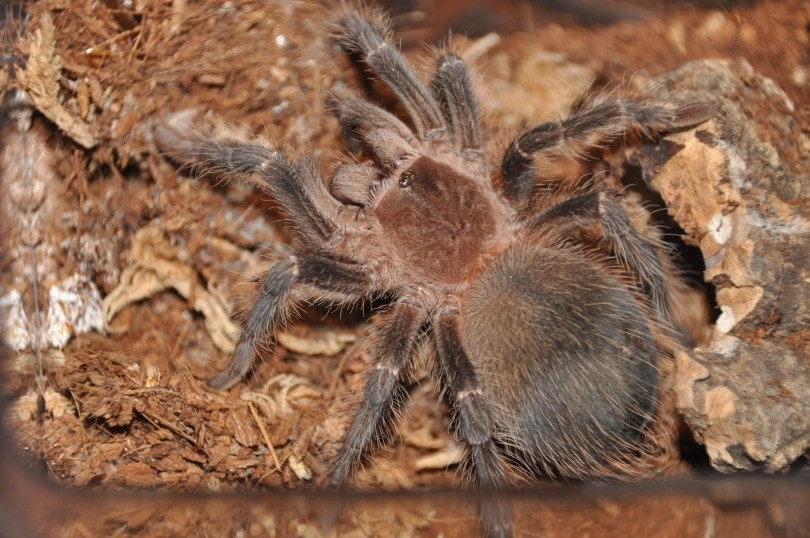
Are Tarantulas Good Pets?
The answer to this question will likely depend on your definition of a good pet. They’re not cuddly and friendly like dogs or cats, and they won’t eagerly run up to greet you every time you come home; in most cases, the best that you can hope for is their indifference.
Tarantulas are pets that will be observed more than interacted with. They’re fun to watch, whether they’re feeding or just exploring their enclosure, and they’re much lower maintenance than other pets.
They’re also nocturnal, though, so don’t be surprised if your spider goes AWOL while the sun is up. You’ll have to observe them on their terms, not yours.
If you’re too busy for a conventional pet, then a tarantula can make an excellent alternative. They have minimal upkeep requirements, as all you have to do is feed them, keep their tank clean, and make sure they have plenty of water.
You’re unlikely to form a deep bond with a tarantula, but if that sort of emotional connection isn’t something that you’re looking for from a pet, they might just be right up your alley.
- Related Read: Honduran Curly Hair Tarantula
Where Can I Get a Pet Tarantula?
Most people buy their tarantulas from their local pet store. This is both convenient and fairly inexpensive, but there are a few moral considerations involved in going this route.
Many of the commercially sold tarantulas are bred en masse or even captured illegally, and you’ll have little to no idea of the animal’s history before bringing it home. This greatly increases your odds of bringing home a spider with existing health problems.
A better way to go about it is to find a reputable breeder or rescue group. They’ll be able to fill you in on the spider’s history and answer any questions that you might have about owning a tarantula. You can also be certain that you aren’t contributing to the tarantula black market.
Breeders can also tell you whether your spider is male or female and more importantly, whether the tarantula is pregnant.

How Much Does It Cost to Own a Pet Tarantula?
While tarantula ownership is undoubtedly cheaper than keeping more traditional pets, it can still be pricier than many people might be anticipating.
The spider itself will most likely cost between $25 and $100, depending on the breed and where you buy it from.
You’ll need someplace to put it, though, and the enclosure is usually the most expensive piece of the puzzle. You’ll want something big enough to offer the spider plenty of room to grow, and you’ll need to line the bottom with substrate. Many tarantulas need to climb, so you’ll have to provide decorations that allow them to do so. They also like to hide, so a large log or hollowed-out rock is essential.
They’ll need water bowls, and you’ll also want a separate, smaller cage to keep them in when transporting them somewhere or cleaning their primary cage. All told, all this gear will run anywhere between $100 and $500, but remember that these are mostly one-time costs.
As far as recurring costs are concerned, food is the biggest issue, but crickets are cheap. You can buy 500 for $20 or so, and they’re relatively easy to keep alive, so that should last your spider a few weeks. Of course, you’ll need to feed them, so expect to fork over another $20 or so for cricket feed.
Vet bills shouldn’t be an issue, which is both good and bad. Most vets have no idea what to do with spiders, so you won’t need to worry about a massive doctor’s bill crippling you at an inopportune time. On the other hand, if something happens to your spider, there may not be much that you can do about it.

What Kind of Home Does My Pet Tarantula Need?
The Tank
Most tarantulas are kept in aquariums or terrariums with a locking mesh screen top. The mesh part is important because these animals need fresh air, but the locking part is also important because they can be little hairy Houdinis.
You don’t necessarily need any more equipment than the tank, although a heating pad at the bottom of the tank might be essential if you can’t keep the aquarium in a warm part of your house. Aim to keep the internal temperature between 70° and 80°.
There’s no need for any special lighting; remember, tarantulas are nocturnal. You can add a red light to their tank if you want to see them better, but make sure that it doesn’t dry them out or get too hot. They prefer a humid environment, and you may need to mist the tank with a spray bottle every day.
Make sure the tank is at least a 5-gallon model, but bigger would be better. You don’t want to have to spring for new digs every time your little buddy molts.
Substrate
Line the bottom of the tank with 1-3 inches of substrate. Sterilized potting soil, fine sand, peat moss, and bentonite clay are all excellent substrate choices.
Make sure you have enough substrate to support decorations that your tarantula can climb on. They love to climb, and many feel safer and less stressed when up high. Just be sure you know where your spider is before opening the tank, or you could have one fuzzy jack-in-the-box on your hands (or in your hair).
Water Bowl
Tarantulas need a decently-sized water bowl. The size isn’t a huge issue, but make sure it’s heavy enough that it will stay in place and not tip over if your spider climbs inside it.
Many spiders won’t drink from water bowls at all, preferring to get their moisture from droplets on plants. If that’s the case with your tarantula, you’ll need to be careful to remember to mist their cage every day.
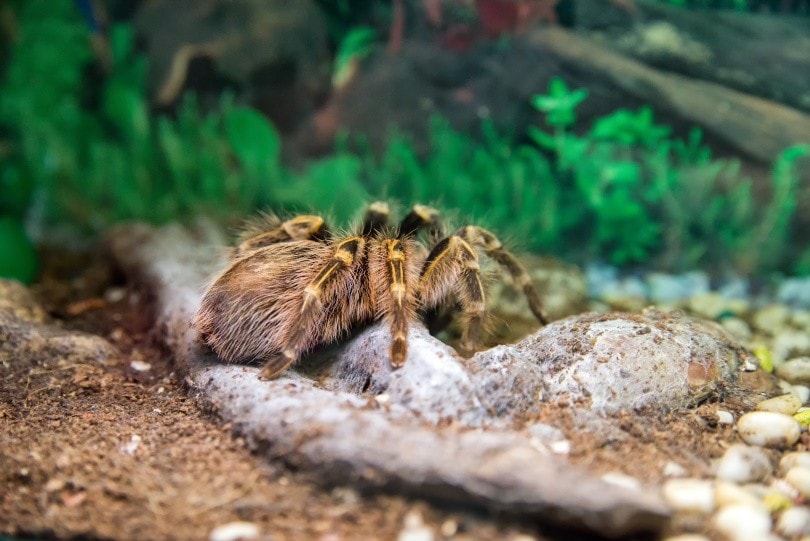
What Should I Feed My Pet Tarantula?
Most tarantulas will eat crickets, although some owners prefer to give their pets mealworms, kingworms, Dubai roaches, or silkworms. Crickets are the cheapest and easiest food source, though, and they have everything that your tarantula needs to grow up big and strong.
For best results, you’ll want to gut-load your crickets before feeding them to your spider. That means giving the bugs vitamins and minerals that the spider will then ingest when it eats them. Most commercial cricket feed has everything that you need to gut-load the insects, but many pet stores sell them already gut-loaded.
Juvenile tarantulas should eat every other day or so, while full-grown spiders can be fed once a week. How many crickets your spider will eat will depend on its size, but expect to feed them two to six crickets per week.
Drop the crickets in the tank at night, as that’s when the spiders prefer to hunt. Some tarantulas will only eat when there’s a single bug in their tank, as having it suddenly rain half a dozen crickets tends to unnerve them. As a general rule, don’t give them any bugs that are longer than their abdomen.
Give them an hour or two to eat, then remove any undevoured crickets, as they might injure your spider. You can’t overfeed your tarantula; they will eat until they’re full, and then they will stop. At that point, remove all the uneaten crickets from the tank.
If you notice that your tarantula’s abdomen is looking shriveled, you should give them food and water right away.
- Related Read: What Do Tarantulas Eat in the Wild & as Pets?
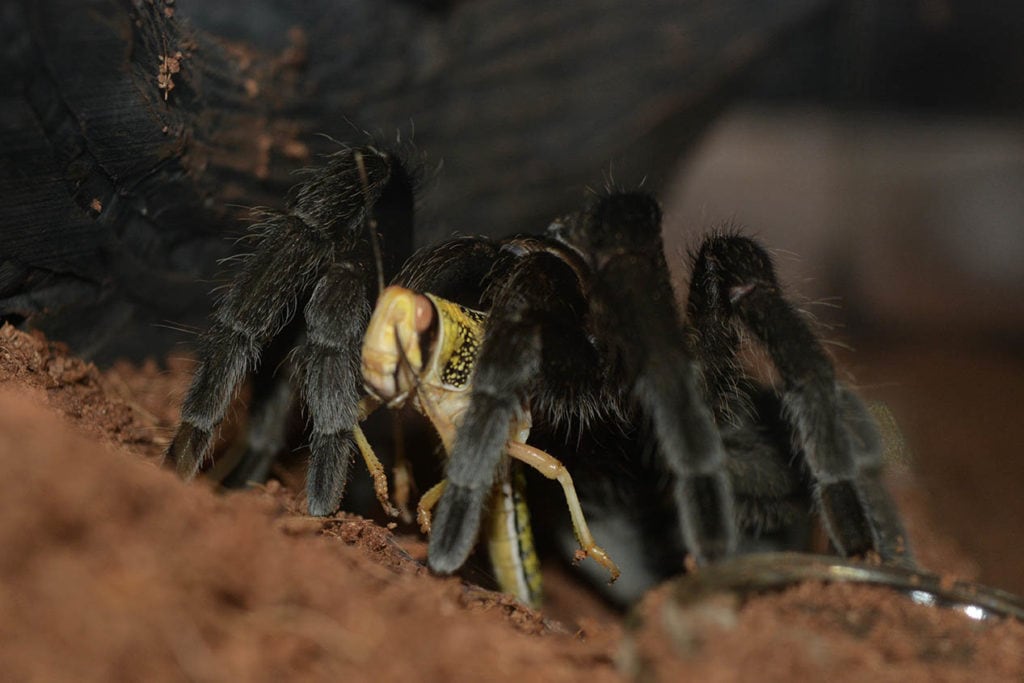
How Do I Take Care of My Pet Tarantula?
Handling
Handling your tarantula is generally unadvisable. They can bite if they feel threatened, and it doesn’t take much to scare them. Their bite isn’t fatal, but it is painful, similar to a bee sting.
Many tarantulas will also flick urticating hairs when they feel threatened. While this doesn’t sound that menacing, many people are allergic to these hairs, so you may experience skin irritation as a result.
There’s also the risk of dropping them. These are surprisingly fragile creatures, and you won’t have many options as far as medical care is concerned.
Grooming
Don’t worry, you won’t need to take a brush to your tarantula at any time. However, you will have to deal with molting.
Molting is when they shed their old, outgrown exoskeleton. This happens roughly four times a year in young spiders, whereas adults will likely only do it once a year.
Many spiders stop eating for about 2 weeks prior to molting, so if you’ve noticed your spider avoiding their crickets, you should remove the bugs and not put them back until the molting is complete. Spiders are vulnerable at this time, and the crickets could do serious damage to your tarantula.
When it’s time to shed, the spider will lay on their back with their feet in the air — just like a dead bug. This can be shocking, but it’s nothing to worry about. Just leave your spider alone until the old skin is fully shed, and try not to disturb them until they’re done.
Cleaning the Habitat
Tarantulas aren’t messy pets. You won’t have to pick up their poop or anything like that, as they merely secrete a fluid that dries quickly with little to no odor.
Still, you’ll need to clean the cage every few months or so. To do so, put your spider in their smaller cage, then remove any old cricket parts, wash the glass, and replace the substrate.
You will need to clean their water bowl every day, though, as you don’t want it to get moldy.

How Do I Know If My Pet Tarantula Is Sick?
Tarantulas tend to be fairly healthy creatures, but if you don’t know what that actually looks like, it can be hard to tell when they get sick.
Your spider should eat regularly (except when molting), it should have a healthy-looking exoskeleton, and it should be active and alert at night. Any deviation from these things is a cause for concern.
There are a few things you might notice that will clue you in to the fact that your spider isn’t feeling well. Here are the biggest ones to be on the lookout for:
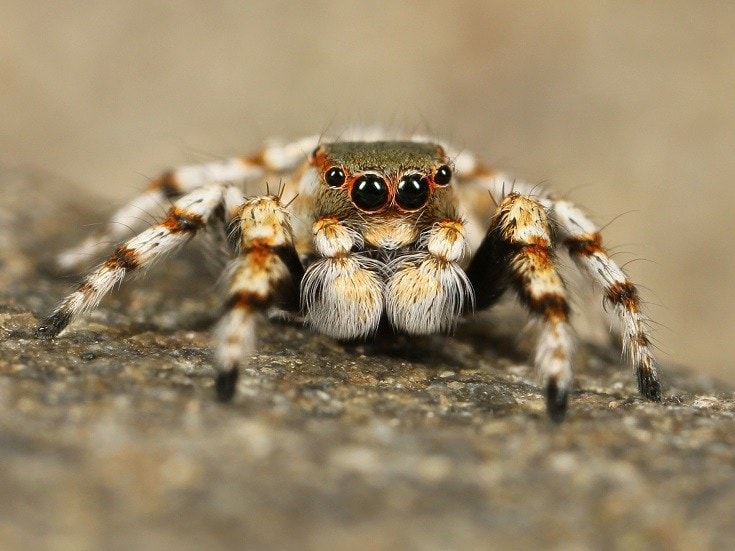
Final Thoughts
Owning a tarantula can be both fun and easy — provided that you know what you’re doing, of course. By following the tips and techniques outlined in this guide, you should be well on your way to a happy 30-plus years with your new pet.
See also:
- How Long Can You Leave a Tarantula Home Alone? Vet-Approved Explanation!
- Honduran Curly Hair Tarantula: Care Sheet, Lifespan, & More (With Pictures)
Featured Image Credit: Jake Heckey, Pixabay




